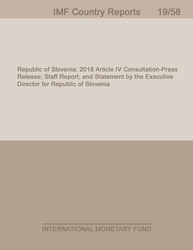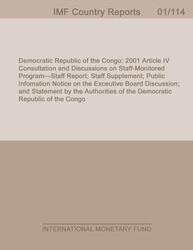
Kingdom of Lesotho: Selected Issues
Kingdom of Lesotho: Selected Issues
READ MORE...
Volume/Issue:
Volume 2025
Issue 268
Publication date: September 2025
ISBN: 9798229024419
$20.00
Add to Cart by clicking price of the language and format you'd like to purchase
Available Languages and Formats
| English |
Prices in red indicate formats that are not yet available but are forthcoming.
Topics covered in this book
This title contains information about the following subjects.
Click on a subject if you would like to see other titles with the same subjects.
Labor , Economics- Macroeconomics , Public Finance , private sector job creation , anchor Lesotho , debt path , policy priority , employment landscape in Lesotho , job creation bottleneck , barriers to job creation , Fiscal rules , Fiscal stance , Job creation , Sub-Saharan Africa , Global , Southern Africa
Also of interest
Summary
This Selected Issues paper provides an analysis of Lesotho’s proposed fiscal rules and their implications. The paper discusses Lesotho current situation compared to international peers and outlines the latest fiscal rules put forward by the authorities. It also evaluates the design and calibration of the debt rule and structural balance rule. The paper highlights strategic considerations in selecting appropriate fiscal rules and explores options for the pace of savings accumulation and the proposed framework for managing these savings. Lesotho’s fiscal policy has long been shaped by volatile Southern African Customs Union revenues and persistent expenditure pressures, calling for a more rules-based and forward-looking framework to ensure sustainability. Recent efforts to formalize a fiscal rules framework offer an opportunity to strengthen medium-term planning, anchor debt dynamics, and build resilience to shocks. The proposed framework should center on a debt ceiling of 60 percent of gross domestic product (GDP), a debt anchor of 50 percent of GDP, and a structural deficit target of 3 percent of GDP, supported by operational expenditure and wage-bill rules. A savings fund (stabilization fund) should be set up and be anchored on the fiscal rules, serving both stabilization and investment purposes.
Copyright © 2010 - 2025
Powered by:
AIDC



